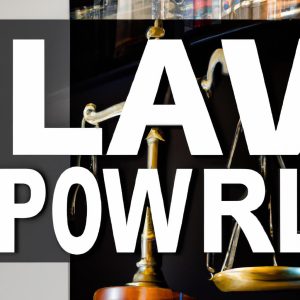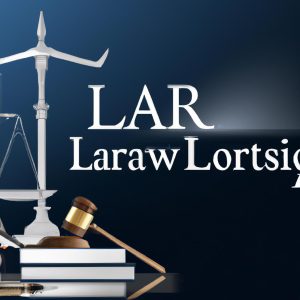Probate is a crucial step in the distribution of a deceased individual’s estate, ensuring that their assets are properly allocated according to their wishes. As experienced legal practitioners at Morgan Legal Group in New York City, we understand the complexities of probate and the importance of having clear and comprehensive documentation throughout the process. In this article, we provide a detailed example of a probate document to shed light on the intricacies of this essential legal procedure.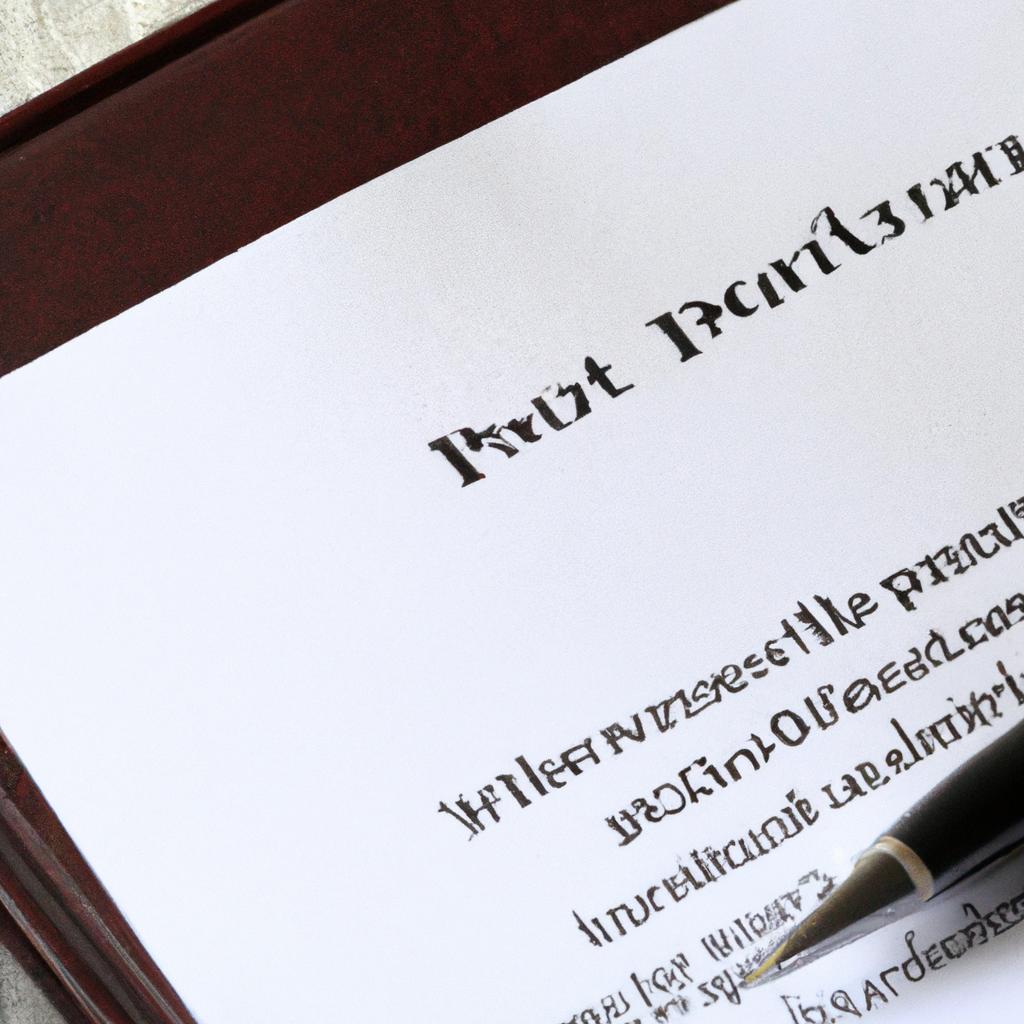
Understanding the Importance of Probate Documents in Estate Planning
Probate documents are vital components of estate planning that help ensure a smooth and efficient transfer of assets after a person’s passing. These documents provide a legal framework for distributing property, paying debts, and resolving any disputes that may arise among beneficiaries. Understanding the importance of probate documents is crucial for protecting the wishes of the deceased and minimizing potential conflicts.
- Will: A Will is a legal document that outlines how a person’s assets should be distributed upon their death. It allows individuals to specify beneficiaries, designate guardians for minor children, and name an executor to oversee the estate.
- Trust: A Trust is a legal arrangement where a trustee holds assets on behalf of beneficiaries. Trusts can help avoid probate, provide for the management of assets in the event of incapacity, and offer privacy in the distribution of assets.

Key Elements of a Comprehensive Probate Document Example
When crafting a comprehensive probate document, there are several key elements that must be included to ensure clarity, validity, and effectiveness. One crucial component is the identification of the deceased individual, including their full legal name, date of birth, and date of death. Providing this information right at the beginning of the document helps establish the context for the rest of the content.
Another essential element of a probate document example is a detailed inventory of the deceased individual’s assets and liabilities. This should include a list of all real estate properties, bank accounts, investment accounts, personal belongings, debts, and any other relevant financial information. Organizing this information in a clear and organized manner will help facilitate the probate process and ensure that the deceased individual’s estate is properly distributed according to their wishes.
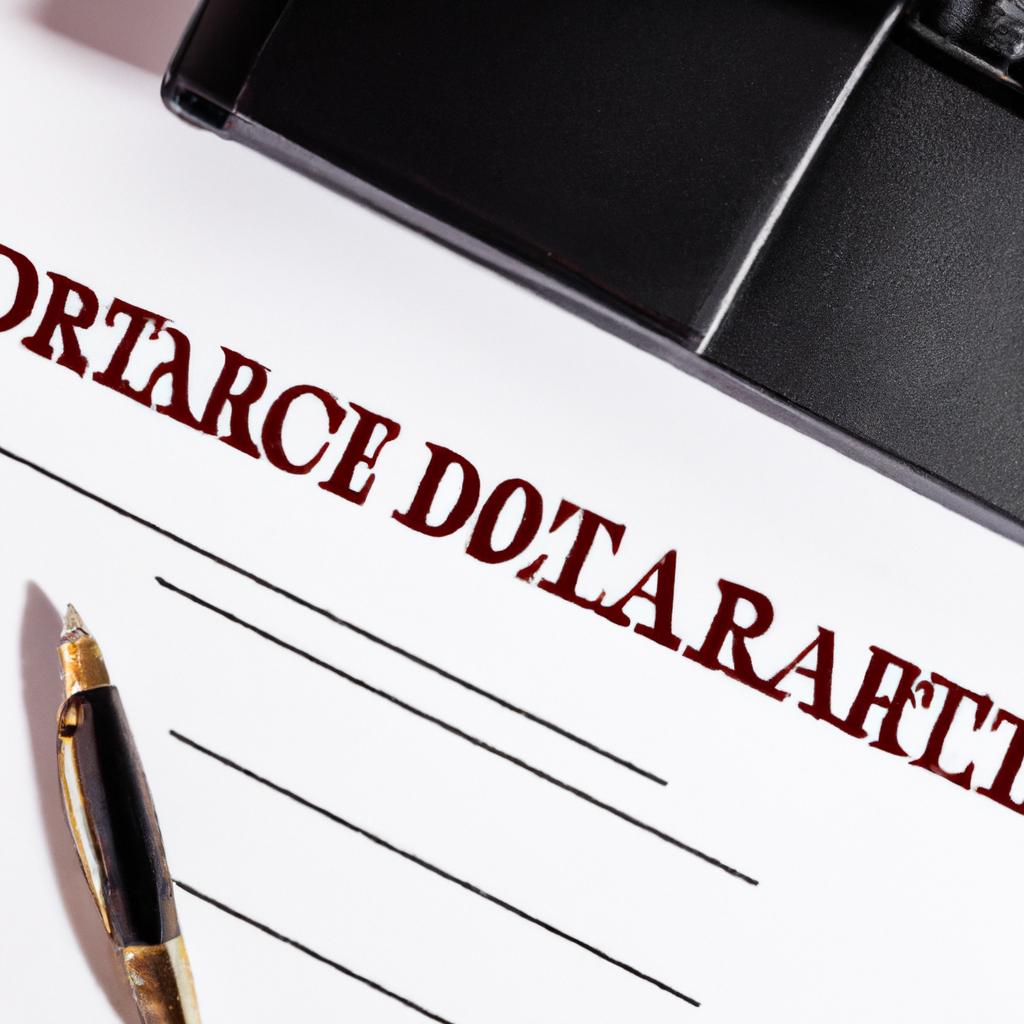
Strategies for Drafting and Executing an Effective Probate Document
When it comes to drafting and executing an effective probate document, there are several key strategies to keep in mind. One important aspect to consider is the clarity and specificity of the language used in the document. It is crucial that all terms and conditions are clearly defined to avoid any confusion or disputes down the line. Additionally, it is important to ensure that the document complies with all relevant laws and regulations to prevent any legal challenges.
Another essential strategy is to carefully review and revise the document before finalizing it. It is recommended to seek the guidance of a legal professional experienced in probate matters to ensure that all necessary provisions are included and that the document accurately reflects the intentions of the testator. By following these strategies, you can increase the likelihood of a smooth and efficient probate process.
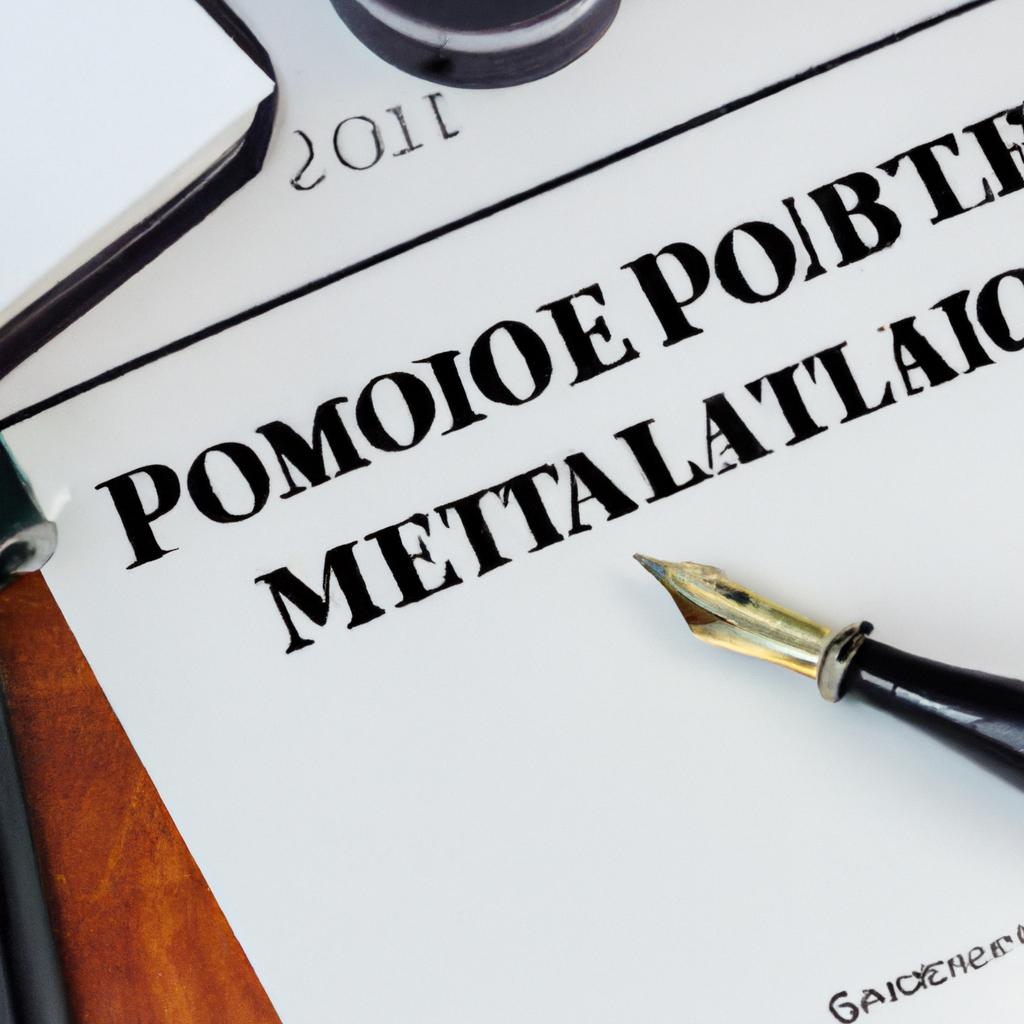
Common Mistakes to Avoid in Probate Document Preparation
When it comes to preparing probate documents, there are several common mistakes that individuals should avoid at all costs. One of the most crucial errors to steer clear of is failing to properly identify and include all necessary parties in the document. This can lead to delays in the probate process and potential disputes among beneficiaries. To prevent this from happening, be sure to thoroughly review the document to ensure that all relevant parties are accurately listed.
<p>Another common mistake in probate document preparation is neglecting to update the documents regularly. As life circumstances change, it is essential to review and revise your probate documents to reflect any new developments. Failing to do so can result in outdated information being used in the probate process, which may not accurately represent your current intentions. To avoid this issue, make it a priority to regularly update your probate documents to ensure they accurately reflect your wishes.</p>Q&A
Q: What is a probate document example?
A: A probate document example is a legal document that outlines the distribution of a deceased person’s estate according to their wishes or state laws.
Q: What information is typically included in a probate document example?
A: A probate document example typically includes the deceased person’s assets, liabilities, beneficiaries, and instructions for distributing their estate.
Q: How can a probate document example be helpful for families during the probate process?
A: A probate document example can provide clarity and guidance for families during the probate process, ensuring that the deceased person’s estate is distributed appropriately and in accordance with their wishes.
Q: Are there different types of probate document examples?
A: Yes, there are various types of probate document examples, including wills, trusts, and codicils, each serving a different purpose in managing and distributing a person’s estate.
Q: How can someone obtain a probate document example?
A: A probate document example can be obtained from a legal professional, such as an estate planning attorney, who can help draft and execute the necessary documents to ensure a smooth probate process.
To Conclude
In conclusion, understanding probate documents and their importance is crucial when navigating the intricacies of estate planning and inheritance. By providing a glimpse into a probate document example, we hope to shed light on the process and encourage individuals to take proactive steps in organizing their affairs. Remember, seeking professional guidance and keeping your documents in order can help alleviate stress for your loved ones in the future. Thank you for exploring this topic with us. Let us know if you have any questions or need further assistance.



